I. INTRODUCTION
Elevated levels of dioxins and furans are well documented in the environment and around former US military installations in Vietnam. Dioxins and furans are persistent organic pollutants that are environmentally persistent, bioaccumulative, and cause cancer and developmental effects. This behaviour was confirmed at former US Special Forces bases in the A Loui valley, when dioxins and furans were detected at significant concentrations in soils, fish, duckfat, and human blood and breast milk.
II. BACKGROUND ABOUT A LUOI
 |
Environmental assessments were conducted in the A Loui valley, 65 km west of Hue, in areas confirmed to have been heavily sprayed with agent orange and other herbicides between 1965 and 1970. Data from aninitial field program in 1996 measured substantial dioxin (specifically 2,3,7,8-tetrachlorodibenzo-p-dioxin or 2,3,7,8-T4CDD [TCDD]) contamination in soil and fish tissue samples. Subsequent analyses in 1999 measured 2,3,7,8-TCDD at concentrations up to 898 pg/g in soil at the Dong Son (formerly A So) commune, up to 82 pg/g in fish and duckfat samples, and up to 19 pg/g in human breast milk. The elevated levels of 2,3,7,8-TCDD in human blood and breast milk from residents of Dong Son were determined to be directly correlated to the dioxin high levels in soil, fish, and ducks that were being consumed aspart of the daily diet of these people.
III. RISK ASSESSMENT METHOD
Environmental risk assessment is a process that is often applied (e.g., under the USS uperfund program) to assess the human health and ecological risks of chemical contamination in the environment. It is predicated on the premise that a chemical hazard, exposure pathway, and receptor (e.g., people living and working near the contamination) must coexist for a potential risk to be present. Problem formulation is the pre-planning stage that establishes these characteristics at site, develops a data collection plan, and determines how risks will be assessed. When a chemical hazard, exposure pathway, and receptor are all present, the risks of non-cancer and cancer effects to exposed populations are estimated. This typically involves predicting exposure to the chemical via the pathway of concern and then integrating toxicity values for cancer and non-cancer effects to estimate the likelihood of adverse health outcomes. For non-cancer effects this involves comparing predicted exposure to established “safe” exposure limits while for cancer effects this involves estimating the increased probability of cancer associated with the lifetime chemical exposure.
CASE STUDY
An example risk analysis using existing data was conducted for the Bien Hoa airbase, the largest handling/storage site for agent orange during the US - Vietnam War and a known dioxin-contaminated site. Intensive site characterization at the airbase has identified dioxin contamination in soils, lakes ediments, and fish. People who live and work on the airbase have harvested fish and live stock for sale in local markets in Bien Hoa; therefore, the key human receptors include both airbase works and nearby residents who could be exposed directly to dioxins in soils or to dioxins in contaminated foods harvested from the airbase.
Preliminary risk estimates based on published soil and fish data from the airbase indicate that in the absence of any clean uporrisk management, the risk of cancer associated with exposure to dioxin in soil and food (probability exceeding 1 X 10 -1) is far above the “acceptable” cancer risk levels typically applied for determining clean up goals (probability of 1 X 10 -6 to 1 X 10 -4). A large proportion of the cancer risk is related to consumption of fish fat. Although soil and sediment clean up would remove agent orange dioxin sources to the aquatic food chain, risks would remain similarly high in the absence of management measures that address consumption of fish from the site. Targeted clean-up (i.e., fish removal/destruction) and risk management (e.g., fishing bans) to remove the fish consumption pathway could reduce the dioxin cancer risk to as low as 6 X 10 -5, which is within the range of typical remediation goals.
Any remedialactions for the Bien Hoa airbase should focus on both source removal (i.e., soil remediation) and risk management and communication regarding the fish consumption pathway. Key measures that could be effective include removal of existing fish followed up with fishing bans, access restrictions, and educating the public to limit fish fat in take to address potential risks from reintroduction of fish to the site. Additional action ssuggested for the Bien Hoa clean up include post-remediation sampling to confirm clean up goals as well as effectiveness monitoring to that confirm any reintroduced fish are not being contaminated.




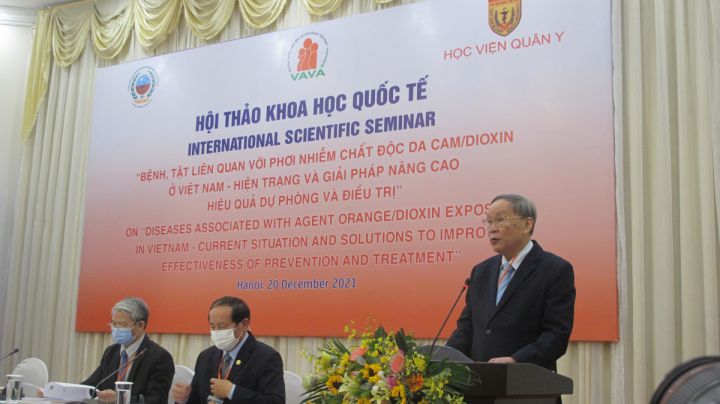

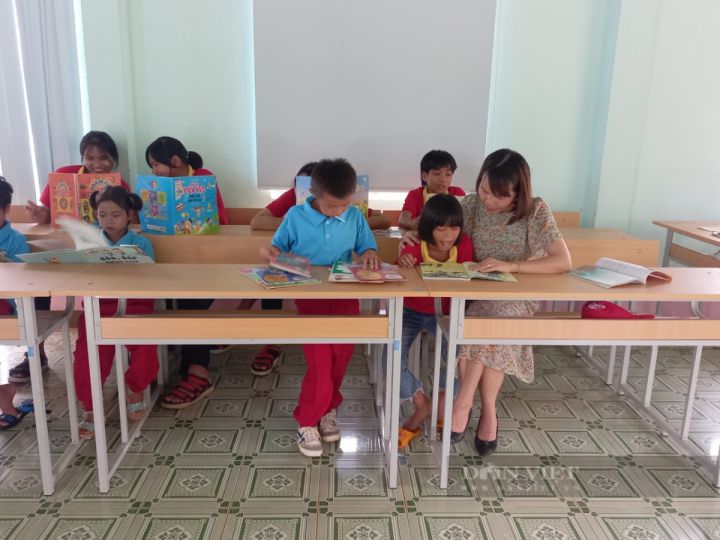
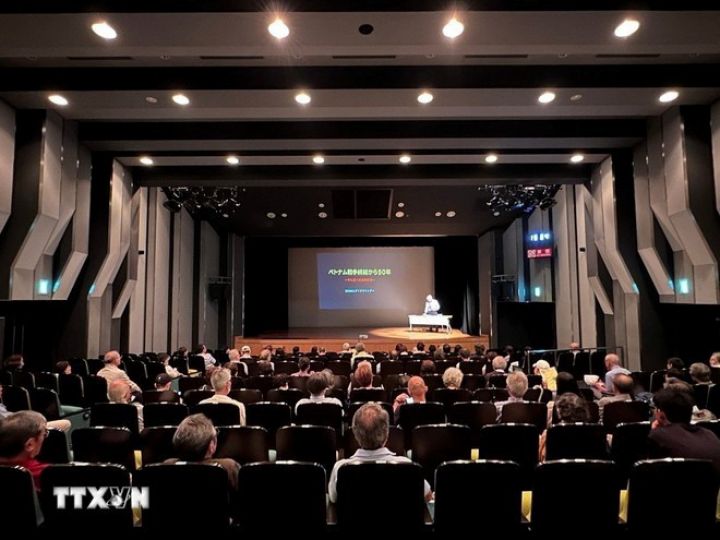


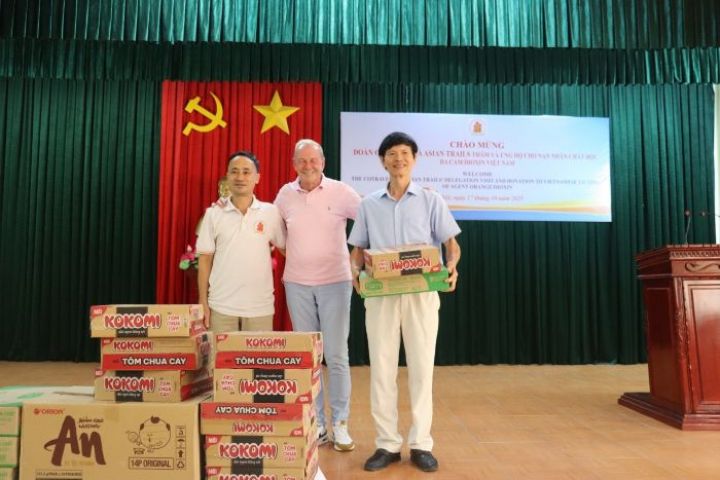












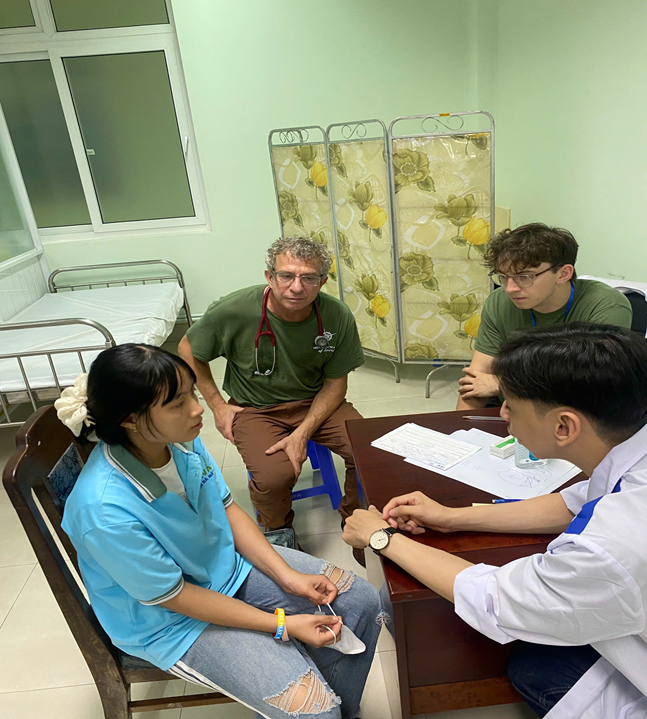
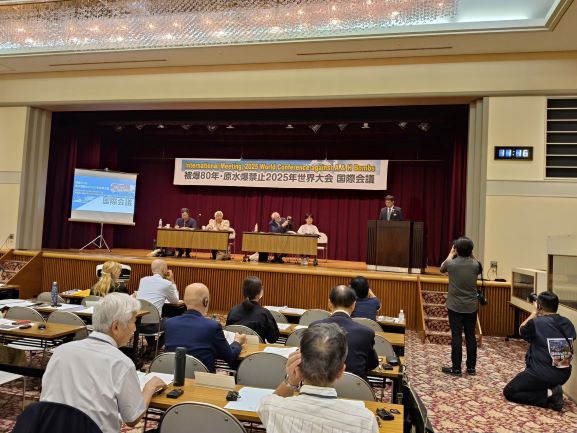
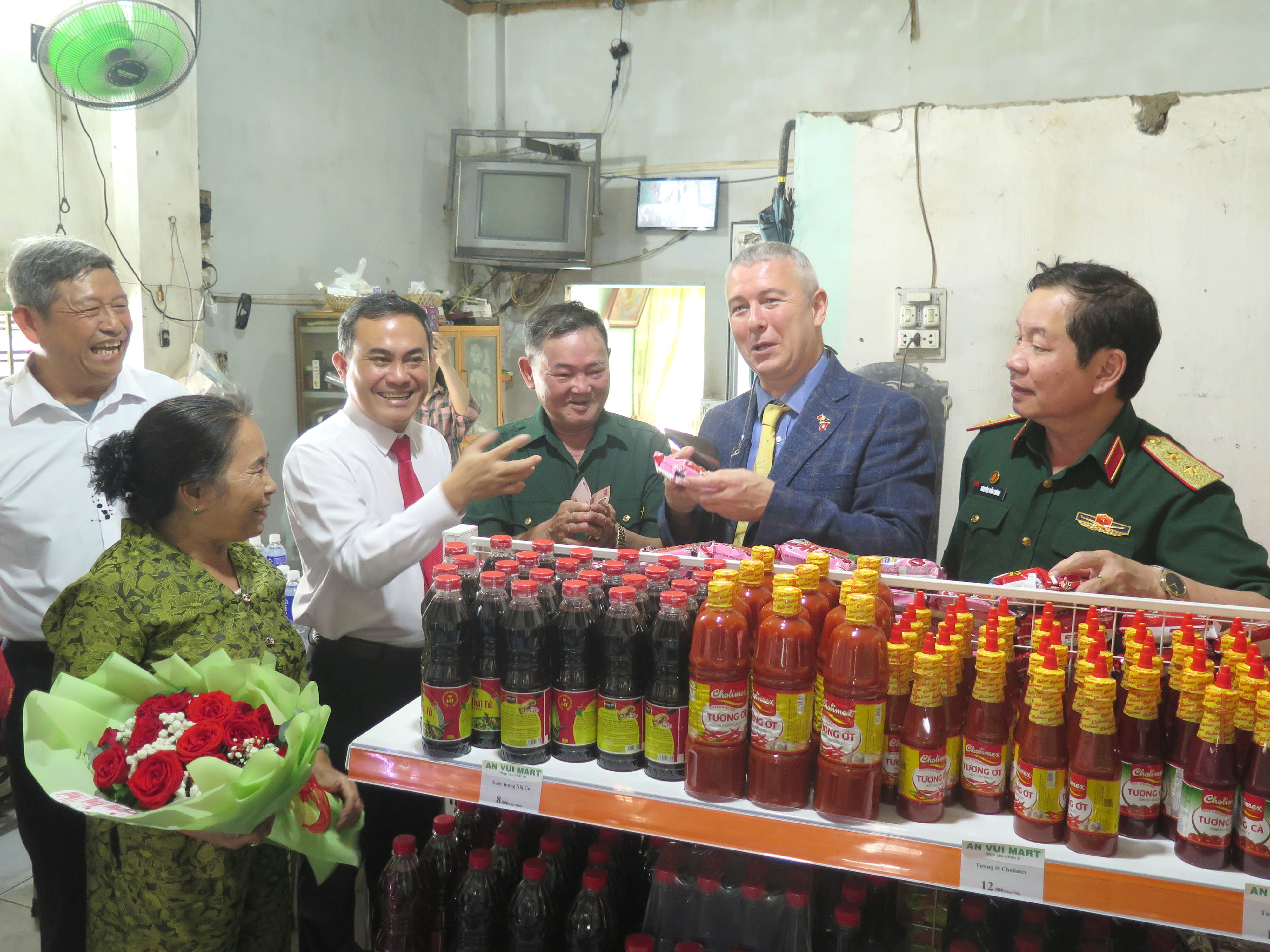
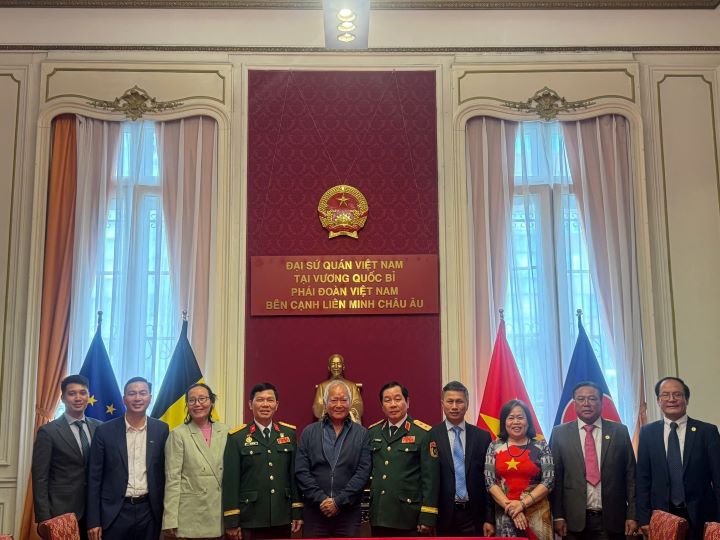

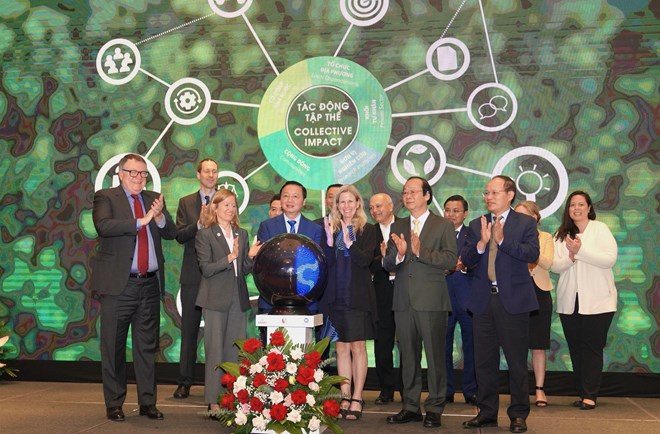

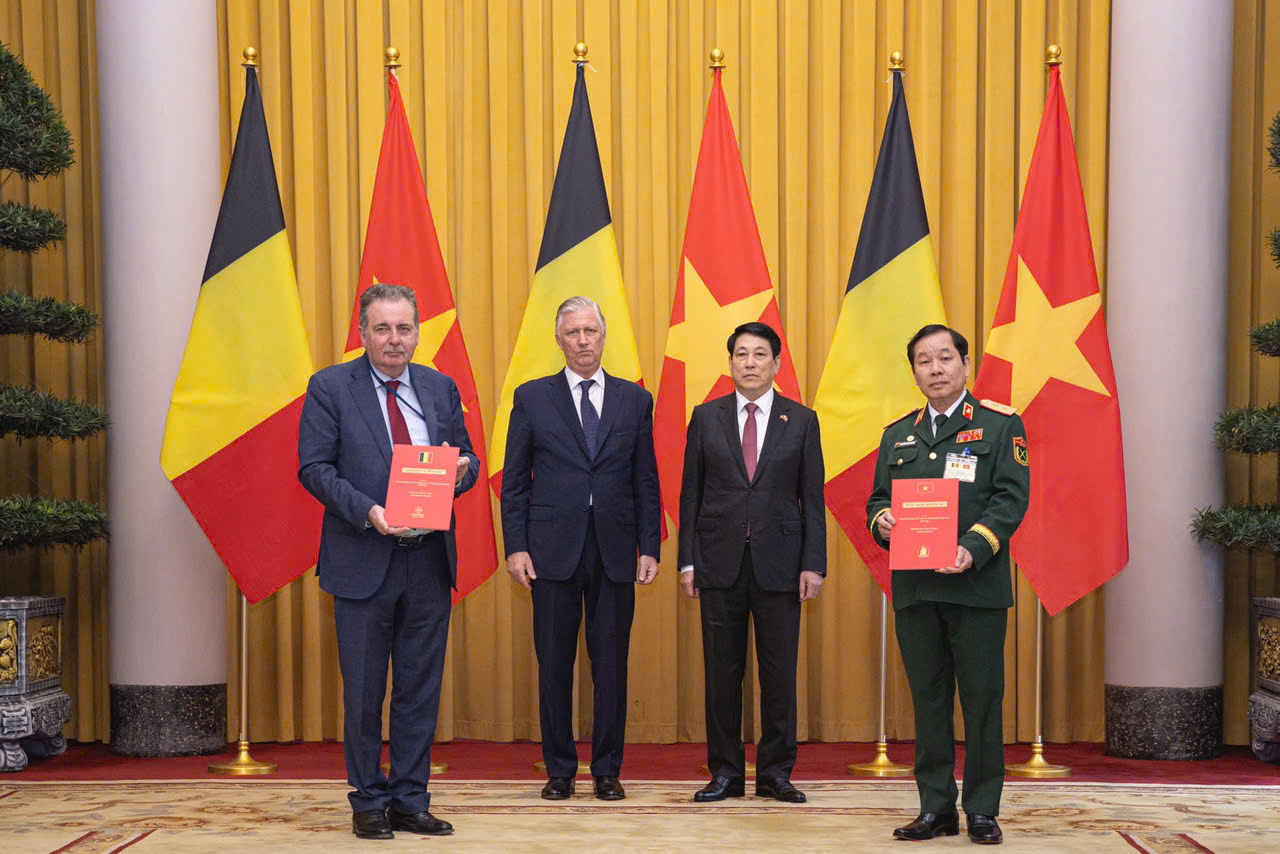


.jpg)
Comment